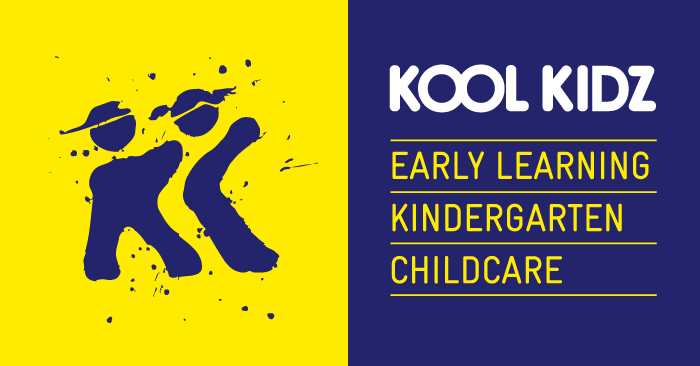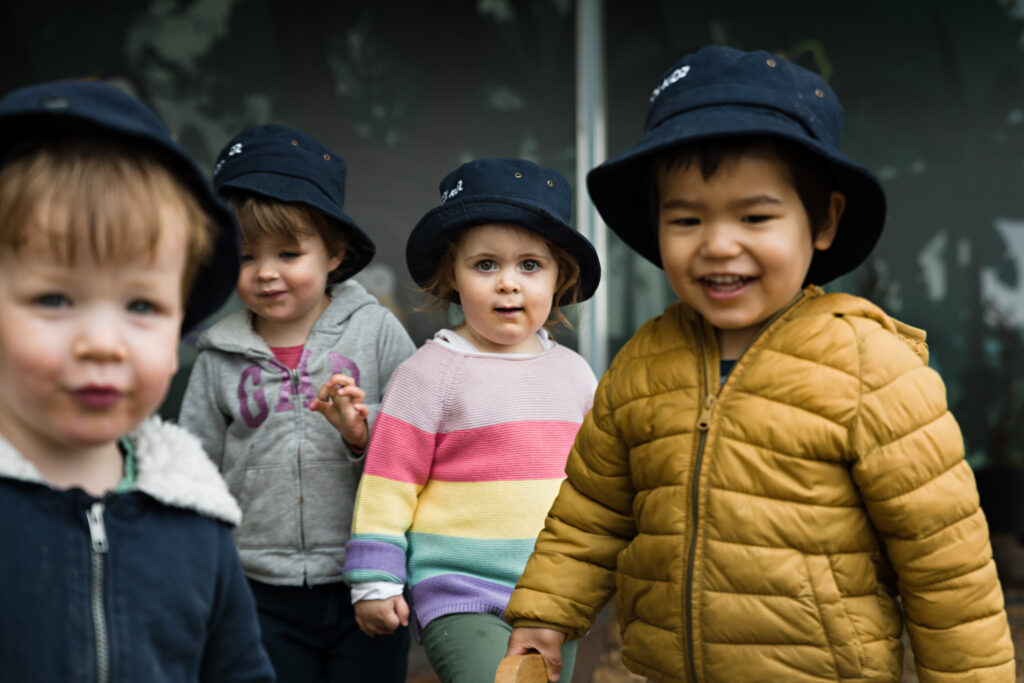From the day a child is born, we strive to keep them safe. As parents, we remind children of the potential risks and hazards in their environments as they play. Some of us childproof our homes by securing cabinets, covering electrical outlets, and installing safety gates to keep our child away from potentially dangerous areas. We provide helmets while they learn to ride bikes and support their understanding of road safety.
We have also begun to publicly discuss the dangers of online environments for children and young people. We try our best to teach our children the skills to be safe at all times and in all places. In today’s interconnected world, the protection of children is a shared responsibility that transcends the nuclear family, our immediate community and even geographical boundaries. Abuse and neglect are global issues that have unfortunately been exacerbated by the challenges posed by the latest pandemic. Both intentional and non-intentional harm of and children can be found in all societal groups, with a higher prevalence among vulnerable communities.
Organisations who work with children and young people are in prime position to identify and respond to indicators of abuse, harm and neglect but this requires an understanding of the indicators and legislation that supports systems of reporting. Early childhood services are not only guided by but are required to adhere to The National Quality Standards (NQS) and the National Quality Framework (NQF). Within the standards, our obligations for maintaining children’s health and safety are outlined under several standards but primarily standard two, through the provision of and response to:
- Wellbeing and comfort,
- Health and hygiene practices and procedures
- Healthy lifestyle
- Supervision
- Incident and emergency management
- Child protection
At Kool Kidz, these are upheld, along with a commitment to prioritising children’s rights through policies, procedures and practices, which are child-focused, trauma-informed and culturally appropriate to ensure children the protection and care they deserve. Our efforts are strengthened by working together with parents and families, and with children themselves. In Victoria, we also have the Child Safe Standards, rules that help organisations keep children safe. They guide organisations in creating a culture that prevents, addresses, and reports child abuse.
Encourage free play
For creativity to flourish, it is necessary for children to be actively involved in the process of their own learning. The real spark behind creativity is the joy of discovery and a genuine passion for what they’re doing. When children are excited to learn (which a play based approach offers), they organically develop the skills they need to thrive and succeed in a way that is meaningful and unique to them. When we encourage children to decide what, when, and how to play instead of instructing them on how to play ‘properly’, or telling them what to learn and how to learn it, or what to create and how to create it, we enculture an environment where they feel free to explore and experiment, pursue their own interests, ideas and curiosities and push past their own limitations. Through this approach children are also less risk-averse and more open to making, and learning from their mistakes.
First introduced by the Commission for Children and Young People (CCYP) in Victoria in January 2016 and recently increasing from seven to eleven standards in 2021, the Victorian Government has made changes enhancing the effectiveness of the Child Safe Standards.
What are the standards?
Child Safe Standard 1 – Relevant entities establish a culturally safe environment in which the diverse and unique identities and experiences of Aboriginal children and young people are respected and valued.
Child Safe Standard 2 – Child safety and wellbeing is embedded in organisational leadership, governance and culture.
Child Safe Standard 3 – Children and young people are empowered about their rights, participate in decisions affecting them and are taken seriously.
Child Safe Standard 4 – Families and communities are informed, and involved in promoting child safety and wellbeing.
Child Safe Standard 5 – Equity is upheld and diverse needs respected in policy and practice.
Child Safe Standard 6 – People working with children and young people are suitable and supported to reflect child safety and wellbeing values in practice.
Child Safe Standard 7 – Processes for complaints and concerns are child focused.
Child Safe Standard 8 – Staff and volunteers are equipped with the knowledge, skills and awareness to keep children and young people safe through ongoing education and training.
Child Safe Standard 9 – Physical and online environments promote safety and wellbeing while minimising the opportunity for children and young people to be harmed.
Child Safe Standard 10 – Implementation of the Child Safe Standards is regularly reviewed and improved.
Child Safe Standard 11 – Policies and procedures document how the relevant entity is safe for children and young people.
Child Safe Standard 2 – Child safety and wellbeing is embedded in organisational leadership, governance and culture.
Child Safe Standard 3 – Children and young people are empowered about their rights, participate in decisions affecting them and are taken seriously.
Child Safe Standard 4 – Families and communities are informed, and involved in promoting child safety and wellbeing.
Child Safe Standard 5 – Equity is upheld and diverse needs respected in policy and practice.
Child Safe Standard 6 – People working with children and young people are suitable and supported to reflect child safety and wellbeing values in practice.
Child Safe Standard 7 – Processes for complaints and concerns are child focused.
Child Safe Standard 8 – Staff and volunteers are equipped with the knowledge, skills and awareness to keep children and young people safe through ongoing education and training.
Child Safe Standard 9 – Physical and online environments promote safety and wellbeing while minimising the opportunity for children and young people to be harmed.
Child Safe Standard 10 – Implementation of the Child Safe Standards is regularly reviewed and improved.
Child Safe Standard 11 – Policies and procedures document how the relevant entity is safe for children and young people.
What the Standards aim to achieve
The Child Safe Standards aim to:
- promote the safety of children
- prevent child abuse
- ensure organisations have effective processes in place to respond to and report all allegations of child abuse.
Child Safe Standards work by:
- driving changes in organisational culture – embedding child safety in everyday thinking and practice
- providing a minimum standard of child safety
- highlighting that we all have a role to keep children safe from abuse.
With some of the biggest changes focusing our gaze on
- Strengthening family and parent awareness
- Scaffolding children’s capacity and awareness of their own safety and strategies to keep themselves safe
- Stronger consideration for online environments
- The cultural safety of Aboriginal children through culturally safe environments
What have we done at Kool Kidz to ensure we are maintaining, and continuously improving child safety?
- Professional Learning and Development With the introduction of the new standards, all Kool Kidz employees have undergone extensive training to strengthen their capacity and awareness of The Child Safe Standards and their obligations of identifying and responding to harm.
- Self-assessment each Kool Kidz site has undergone audits of their learning, play and digital environments, policies and procedures, programs and practice to ensure adherence to the standards


